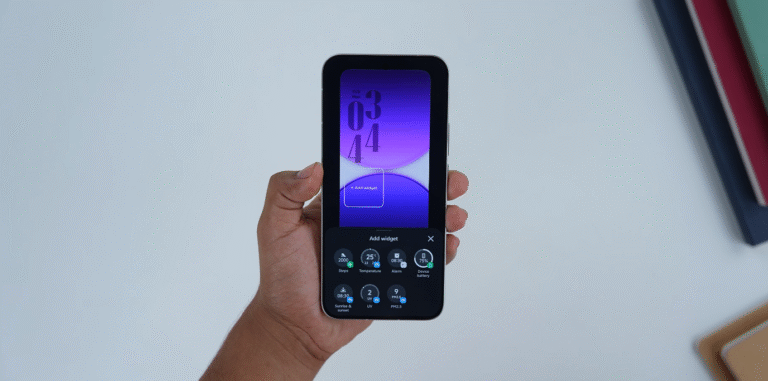OPPO Find X9 Pro vs Google Pixel 9 Pro: camera showdown explained
Comparing two flagship camera systems for 2025
The OPPO Find X9 Pro and Google Pixel 9 Pro stand out as two of the most capable camera phones available in the UK this year. Both arrive with major improvements in hardware, processing and low-light performance, making them top choices for photography enthusiasts. Yet their approaches differ, with OPPO favouring high-resolution hardware and Google relying on refined computational photography. This comparison breaks down how both phones perform in real-world use across the UK.
OPPO equips the Find X9 Pro with a new 50-megapixel main camera, a 50-megapixel ultra-wide lens and a high-resolution telephoto sensor designed to enhance zoom clarity. The Pixel 9 Pro continues Google’s strategy of using a balanced trio of lenses supported by strong software processing. Its 50-megapixel main sensor and upgraded zoom system deliver dependable detail while maintaining Google’s signature natural colour output.
In daylight conditions, the Find X9 Pro produces images with high clarity and a more vibrant tone. Its partnership with Hasselblad brings a slightly richer colour palette that may appeal to users who enjoy a more pronounced look. The Pixel 9 Pro, on the other hand, focuses on consistent exposure and accurate colour reproduction, offering reliability across scenes such as cloudy UK mornings, dim indoor shops or bright mid-day city streets.
Zoom performance is one of the biggest areas separating these two flagships. The Find X9 Pro uses a high-resolution telephoto system that maintains strong detail at medium and extended zoom ranges. This becomes especially noticeable in travel photography or landscape shots where cropping flexibility matters. The Pixel 9 Pro’s zoom delivers steady and predictable results, excelling at everyday ranges where most UK users typically take photos.
Ultra-wide photography shows differing philosophies as well. OPPO aims for parity across lenses, producing an ultra-wide image that closely matches the main sensor in tone and detail. This helps when capturing wide architecture or scenic areas where continuity matters. Google’s ultra-wide lens continues to prioritise consistent output and low-light steadiness, giving it an advantage when switching rapidly between lenses in challenging lighting conditions.
Low-light performance highlights the strengths of each system. The Find X9 Pro benefits from OPPO’s new image engine, preserving detail and reducing noise without pushing brightness too far. Scenes captured in pubs, night streets or indoor cafés retain texture and depth. Google’s Pixel 9 Pro remains a leader in computational night photography, delivering bright yet controlled results with excellent shadow recovery, making it a dependable option for quick point-and-shoot use after dark.
Video performance is another important factor for users. The Find X9 Pro offers strong stabilisation, smooth transitions between lenses and advanced controls suited to creative users who prefer manual tuning. The Pixel 9 Pro focuses on consistent performance out of the box, producing stable, colour-accurate clips ideal for social media, travel logs or family recordings without needing additional adjustments.
For everyday usability, Google’s approach is more streamlined. The Pixel 9 Pro’s camera app is simple, efficient and backed by predictable processing. This makes it the more convenient option for users who want quick, high-quality results. The Find X9 Pro’s camera system is more flexible and powerful, offering extra control for users who enjoy adjusting settings, editing photos or utilising the added zoom range for creative compositions.
In terms of stability between shots, the Pixel 9 Pro often holds the advantage due to its consistent tuning, especially in mixed lighting. The Find X9 Pro, however, provides noticeably higher detail when lighting conditions favour its larger sensors and when users require cropping power. This may appeal to photographers who regularly shoot sports, wildlife or outdoor landscapes across the UK’s varied environments.
Overall, both phones stand at the top of the 2025 flagship camera market, but they appeal to different types of users. The Pixel 9 Pro is ideal for those who want pure reliability, steady colours and strong low-light performance with minimal effort. The Find X9 Pro targets users seeking maximum versatility, higher resolution, better zoom and enhanced creative freedom through its pro-level tools.
Choosing between them ultimately depends on shooting style. If you want a camera that delivers excellent results instantly, the Pixel 9 Pro is the simpler and more dependable choice. But if you prefer a camera with more power, detailed output and broader photographic flexibility, the OPPO Find X9 Pro offers the stronger all-round package for UK buyers who enjoy fine-tuning their shots.





